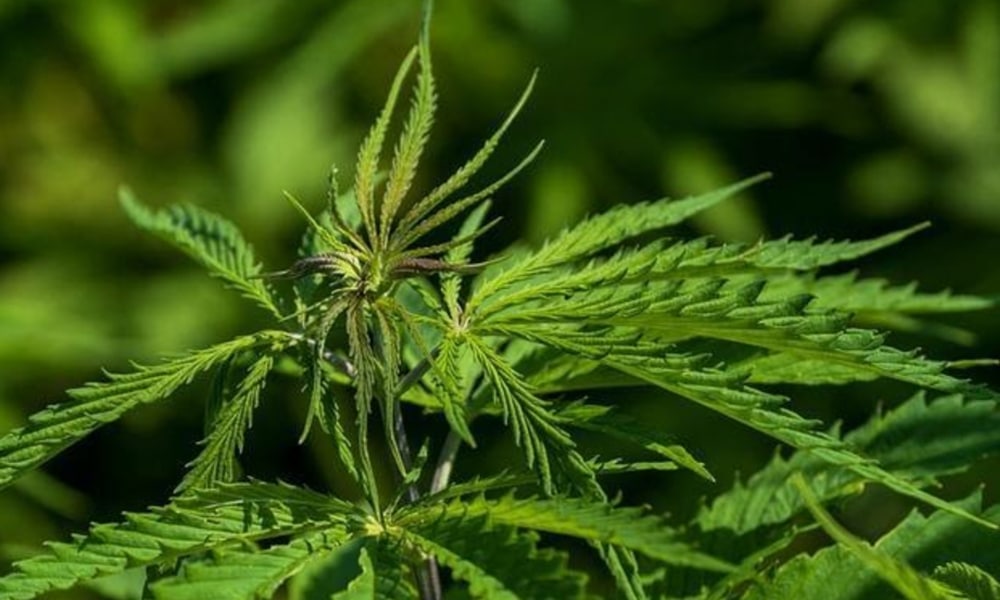As cannabis hits the mainstream, CBD and THC have become household words. What many people still don’t know, though, is that you won’t find CBD or THC in any raw cannabis plant. Before it’s heated, cannabis only contains what are called cannabinoid precursors: CBDa, CBCa and THCa. Historically, these precursor chemicals lingered in the shadows, but now science is starting to realize that they’re more important than we know—THCa in particular. But what is THCa, and how is it different from THC?
Precursors vs Cannabinoids
People tend to think of the cannabis plant like the cacao plant—delightful once it’s been processed, but relatively useless in its raw form. As it grows, the cannabis plant develops a chemical called cannabigerolic acid, or CBGa. Enzymes in the plant eventually convert the CBGa into various concentrations of THCa, CBDa and CBCa.
Those precursor chemicals get converted into cannabinoids through a process called decarboxylation. It’s a long word for a simple process—heat causes the precursor chemical to shed a molecular structure called the carboxyl ring.
Photo Source
Decarboxylation can happen if the plant is left to dry and cure in controlled conditions, but standard practice today is to decarboxylate the plant more quickly. That usually involves baking it at 220 F to 235 F for 30 to 45 minutes. In that time, the CBDa and THCa in the plant will turn into CBD and THC.
THC vs THCa
THC is a psychoactive chemical. It binds to certain receptors in areas of the brain responsible for higher-order thought processes like memory, concentration, and pleasure. When it binds, it can produce a powerful euphoric effect — in other words, it gets you high.
THCa is non-psychoactive. It can’t bind to those same receptors, so it can’t get you high. There’s a lot that it can do, though, and those effects are earning THCa more attention as people come to understand it better.
Benefits of THCa
Research into THCa is still in its early stages, but there’s a lot of promising early evidence. Studies already show that THCa has the potential to:
- Reduce pain and inflammation
Reduce nausea, inhibit vomiting and restore appetite - Inhibit the growth of some cancer cells
- Protect brain cells in patients with
- Alzheimer’s, Parkinson’s and other neurodegenerative conditions
- Prevent seizures when combined with CBD
Patients have also come forward to say that THCa helps to ease muscle spasms and help with sleep. There haven’t been any studies yet to back up those claims, but many patients aren’t waiting for laboratories to catch up with what real users are saying.
Obtaining and Using THCa
There are two basic ways to obtain THCa. One is to grow cannabis plants, assuming that you can do so legally in your state.
If you grow the plant yourself, be sure to consume the raw cannabis immediately after harvesting. Popular options include pressing it into juice, blending it into smoothies, and sprinkling it over salads.
The other option is to buy crystalline THCa isolate, which tends to be at least 99% pure and can be mixed into your choice of food or beverage. Also, as THC becomes more popular, dispensaries are starting to stock other products including tinctures and transdermal patches. Ask our capable cannabis experts for recommendations.




